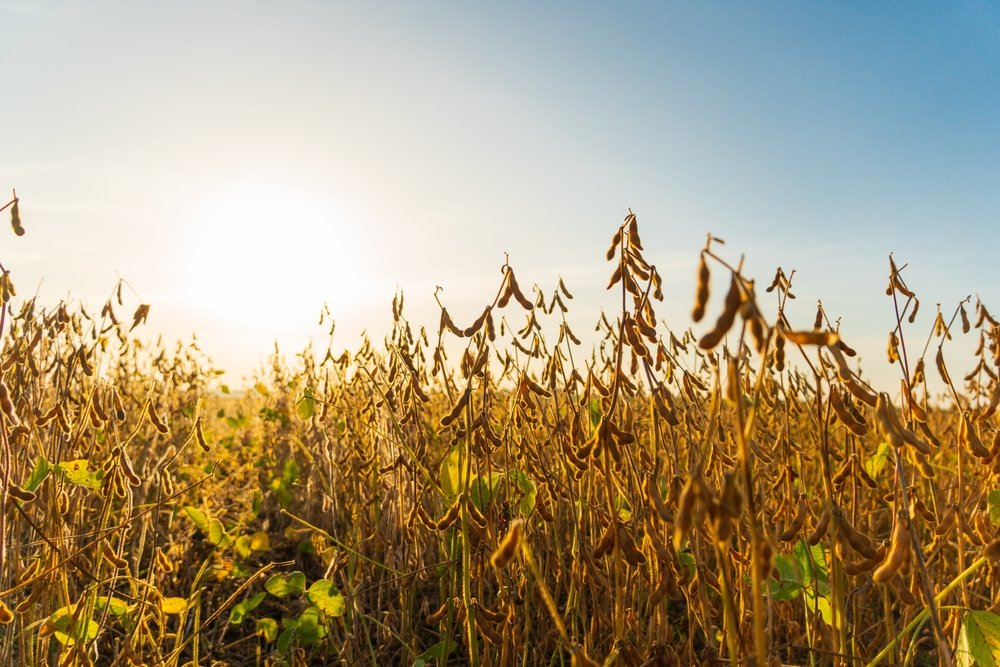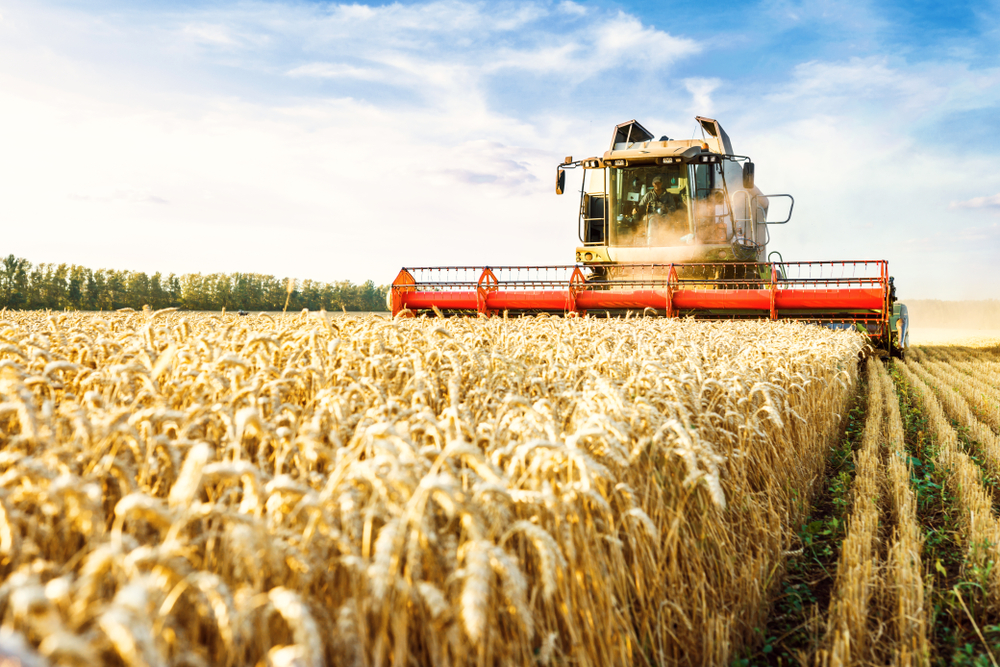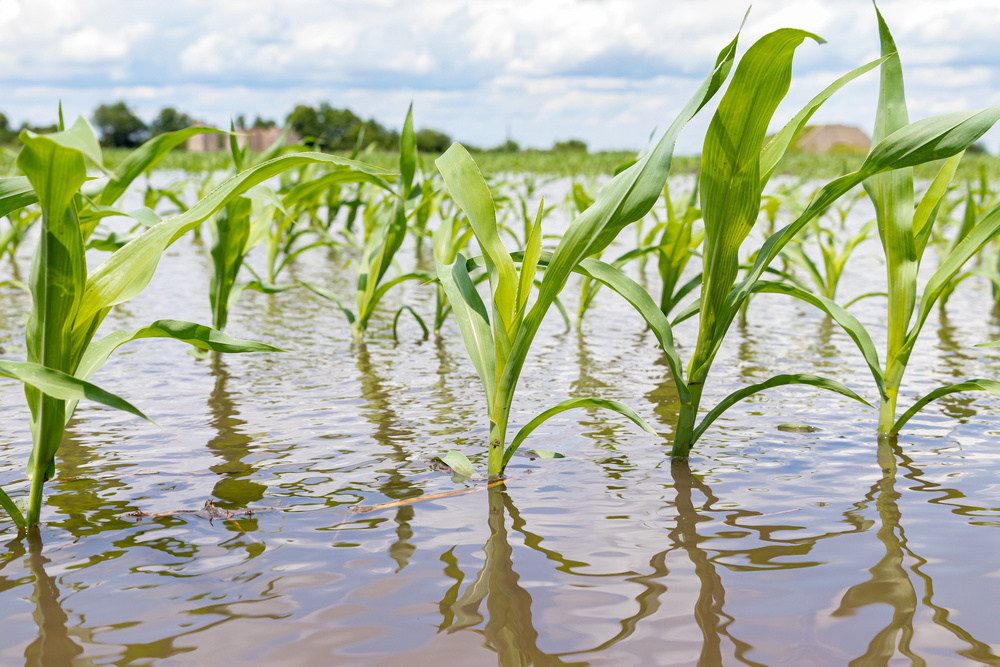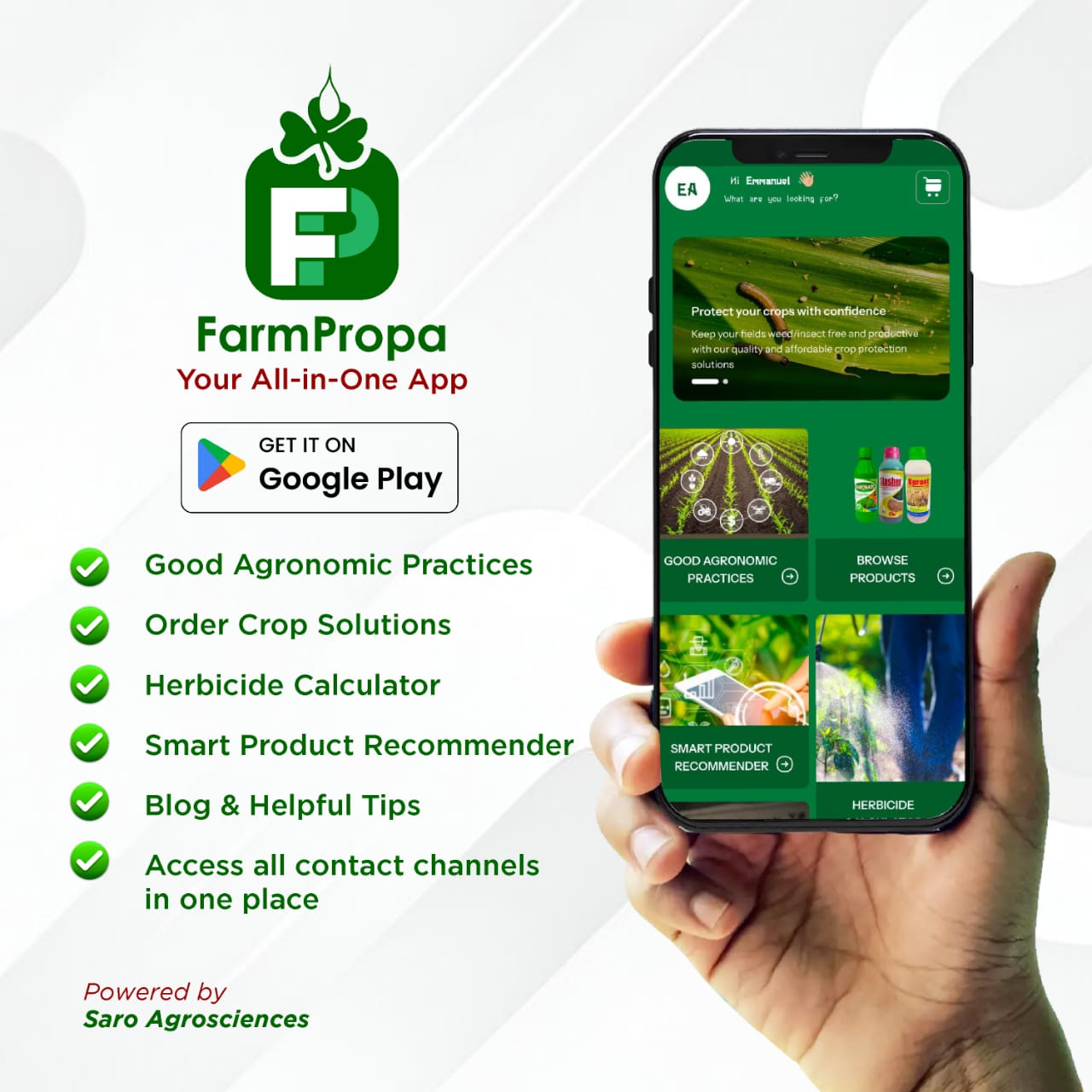Maize, one of the most important staple crops globally, requires careful post-harvest handling to ensure that the harvested grain remains safe, nutritious, and marketable. The steps you take after harvesting maize can significantly impact its quality, shelf-life, and your overall yield’s profitability. This blog provides a detailed, practical guide on how to effectively preserve your maize harvest.
- Timely Harvesting
Harvesting maize at the right time is the first critical step in ensuring the quality of your grain. Maize should be harvested when the moisture content is between 20% and 25%. Delaying harvest can increase the risk of pest attacks, mould, and adverse weather effects.
Tip: Use a moisture meter to check the moisture level before harvesting. If a meter isn’t available, the traditional method is to observe the colour of the husks—they should be dry and brown, and the kernels should be hard and dented.
- Proper Drying
Drying is the most crucial step after harvesting maize. Maize needs to be dried to a moisture content of 12% -14% to prevent mould growth and insect infestations. Proper drying ensures that the maize remains safe for long-term storage and can be achieved via any of the methods below:
- Sun Drying: Spread the maize cobs or shelled kernels on a clean, dry surface in direct sunlight. Ensure the maize is spread thinly and turned regularly to achieve uniform drying.
- Mechanical Drying: In regions where weather conditions are unpredictable, or for large-scale operations, using mechanical dryers is more efficient. These devices provide consistent drying, regardless of external conditions.
We advise that you avoid drying maize directly on the ground, as this can lead to contamination/infestation.
- Shelling
Once the maize is sufficiently dried, it’s time to shell the cobs. Shelling removes the kernels from the cob, making it easier to store and handle. Shelling can be done manually or with the help of a mechanical Sheller.
Tip: Shelling should be done carefully to avoid cracking or damaging the kernels, which can lead to faster spoilage. If you’re doing it manually, use a well-sharpened shelling tool or a specialized hand Sheller.
- Cleaning and Sorting
After shelling, the maize kernels should be cleaned to remove any debris, damaged kernels, or foreign materials. Sorting ensures that only the best-quality grains are stored, reducing the chances of spoilage.
Use a winnowing basket or a grain cleaner to effectively remove lighter debris and damaged kernels. Note that clean maize not only stores better but also fetches a better price if sold.
- Proper Storage
The way you store your maize significantly affects its shelf-life and quality. Proper storage conditions protect maize from pests, mold, and moisture.
Storage options for maize can include the use of sacks, silos, or bags, as detailed below.
- Sacks: Use clean, dry sacks made of breathable material like jute or woven polypropylene. Stack sacks off the ground on wooden pallets and away from walls to allow airflow.
- Silos: For large-scale storage, granaries or metal silos are effective. Ensure these structures are dry, clean, and well-ventilated.
iii. Bagging: There are special bags designed to prevent air and moisture from reaching the grains, effectively reducing the chances of pest infestation and mould growth.
Tip: Regularly inspect your stored maize for signs of pests or moisture. Early detection of issues allows for timely intervention, preventing large-scale loss.
- Pest Control
Even with proper storage, pests like weevils can still pose a threat to your maize. Regular monitoring and preventive measures are essential.
You can also curb infestation using chemical and non-chemical processes, as described below:
- Non-chemical (Traditional) Methods: Use natural repellents like dried neem leaves or ash mixed with the maize to deter pests.
- Chemical Methods: If using pesticides, ensure they are specifically labelled for grain storage and used according to the manufacturer’s instructions to avoid contamination.
Tip: Hallakat and Kare are the best and most effective options for broad-spectrum insect control in maize. Their application does not affect maize in any way and are generally non-toxic to the environment.
- Rotating Stock
If you have maize stored from previous harvests, ensure that the oldest stock is used or sold first. This practice, known as first-in, first-out (FIFO), helps prevent older grains from spoiling while the newer stock remains in storage.
Tip: Clearly label and date all stored maize batches to easily track and rotate your stock.
Preserving your maize harvest involves a series of careful steps, each of which is essential to maintaining the quality and longevity of the grain. From timely harvesting and proper drying to effective storage and pest control, every action you take contributes to protecting your yield and maximizing its value. By following these detailed, practical insights, you can ensure that your maize remains safe, nutritious, and marketable for as long as possible.





